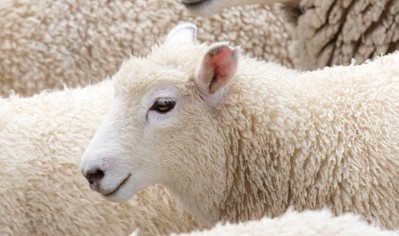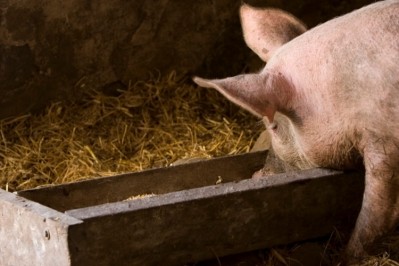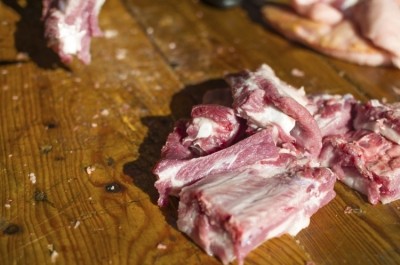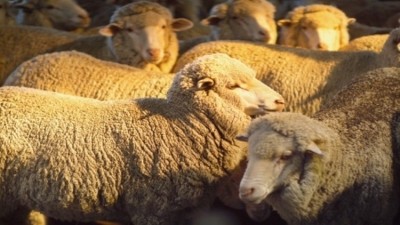Australian beef exports boosted by China
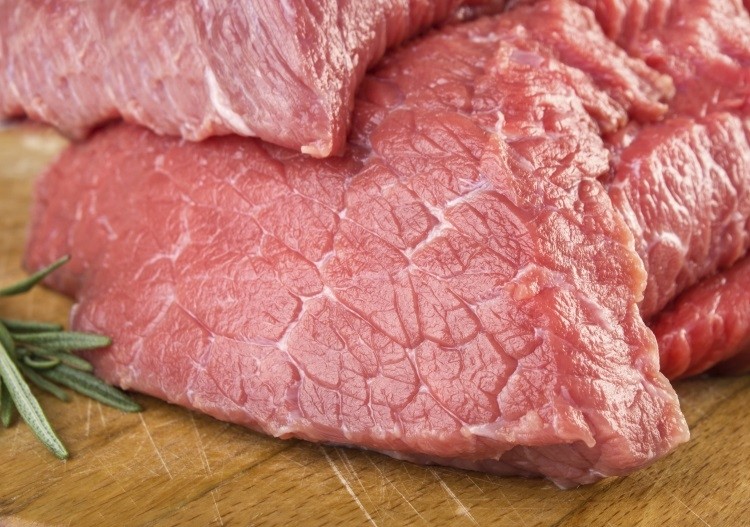
According to Meat & Livestock Australia (MLA) figures, China became Australia’s top beef export destination for the first time ever in July, edging past Japan by 700 tonnes. This marks a meteoric rise in exports to China, in July 2017, it accounted for 9.5% of all Australian beef exports – in July 2019 it was 24.5%.
Overall, July was a strong month for Australian beef, with 115,000 tonnes of beef exported, making it the biggest month since July 2015. MLA attributed the rise to strong export demand, a weak Australian dollar and high levels of slaughter across the country.
Australian beef export destinations (Year-to-July)
Japan: 169,000 tonnes, down 9% on 2018
US: 147,000 tonnes, up 7% on 2018
China: 146,000 tonnes, up 65% on 2018
South Korea: 96,000, up 5% on 2018
Indonesia: 33,000 tonnes, down 9% on 2018
For the calendar year-to-June, beef exports totalled 684,000 tonnes, an increase of 7% on last year.
MLA said that global export demand is primarily being generated from China, with June marking a new record for the most beef imported in a month by a single country, at 133,700 tonnes during June 2019.
Its market analysts believe China is seeking alternative meat proteins to fill the space left by the ongoing African Swine Fever (ASF) epidemic and resulting pork shortages. However, it also believes that increasing middle-class household incomes and shifting taste preferences are driving demand for higher quality meat.
Grey channels closing
MLA also said that tightening regulations from Chinese government officials has resulted in less meat coming in from grey channels, such as Vietnam and Hong Kong, and as a result, Chinese buyers are actively pursuing key world exporters for direct supply.
Argentina is now the leading supplier of beef to China, thanks to the devaluation of the Peso and loosening of export controls.
Top suppliers of beef to China (Year-to-June)
Argentina: 151,000 tonnes, up 126% on 2018
Brazil: 149,000 tonnes, up 12% on 2018
Uruguay: 142,000 tonnes, up 30% on 2018
Australia: 126,000 tonnes, up 62% on 2018
New Zealand: 102,000 tonnes, up 85% on 2018
